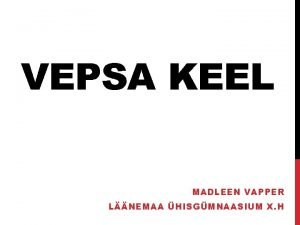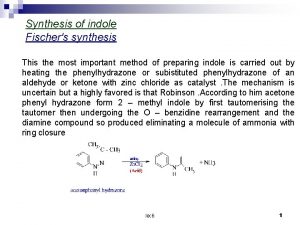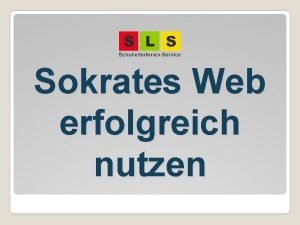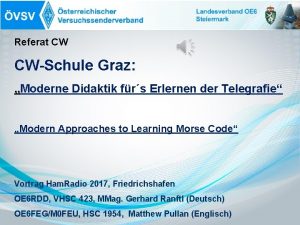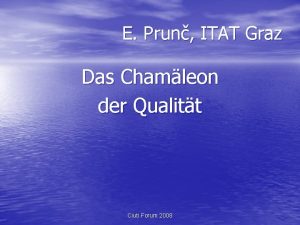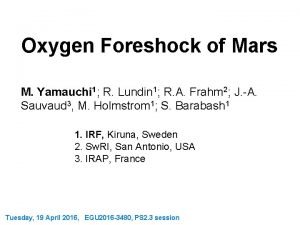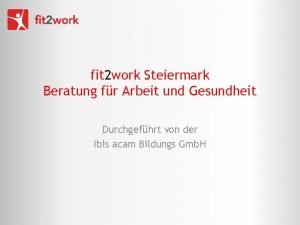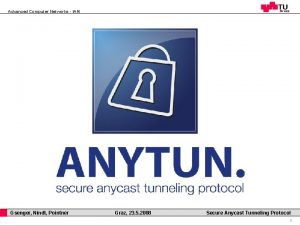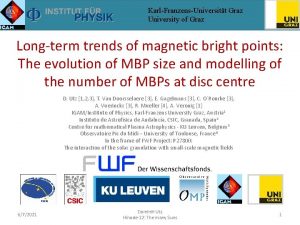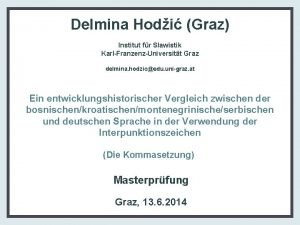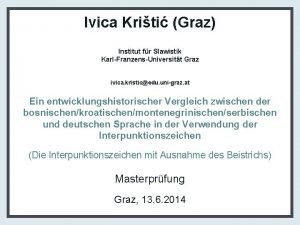DSIG Peter Lipp IAIK University of Technology Graz










- Slides: 10

DSIG Peter Lipp IAIK University of Technology, Graz, Austria

DSIG 1 Motivation z. Helping users decide what to trust on the Web z. Need to go beyond identity and integrity and provide the context of a signature y. Why did the signer sign this document? y. Should I trust the signer’s statement?

DSIG 1 Design Goals z. Provide a mechanism to express in a machine readable form: signer believes statement about resource z. Build on existing technologies

XML-DSIG z. DSIG-1: PICS focused z. Initial Goals from DSIG 1 still valid z. XML and especially RDF seem to be an ideal framework for expressing statements z. We need 2 things: y. Signature Mechanics y. Signature Semantics

Signature Mechanics zare less of a problem zshould fit into XML like DSIG fit to PICS

Signature Mechanics zwe can and should and must learn from lots of sources: PKCS, DSIG and others y. Separation of Attibution Info, Manifest and Signatures ysignatures can be detached from document y. Signature-Suites, defining standard-algorithmcombinations y. Multiple Signatures using multiple Signature-Suites y. Authenticated versus not-authenticated sections

Signature Semantics z. Semantics of Signature traditionally implicit z. With RDF one can make statements about information z. Possibility to have a standard set of statements that can be widely used z. Goes beyond signatures (authorizations)

Signature Semantics z. Tends to be Application specific z. Some frequently used set of assertions widely used like y. Signer is the author of y y. I have a copyright on z y. I agree to the content I signed (contract) ythis software is virus-free ythis is my shoe-size zactually kind of an attribute certificate

Requirements zstandard vocabulary yfor frequently used assertions zlanguage-independent y<s: given. Name>Peter</s: given. Name> z. Must assist fulfilling the „What you see is what you sign“ requirement

Activities zdefine signature mechanics zdefine sample vocabularies zencryption different topic, is important but complicates matters
